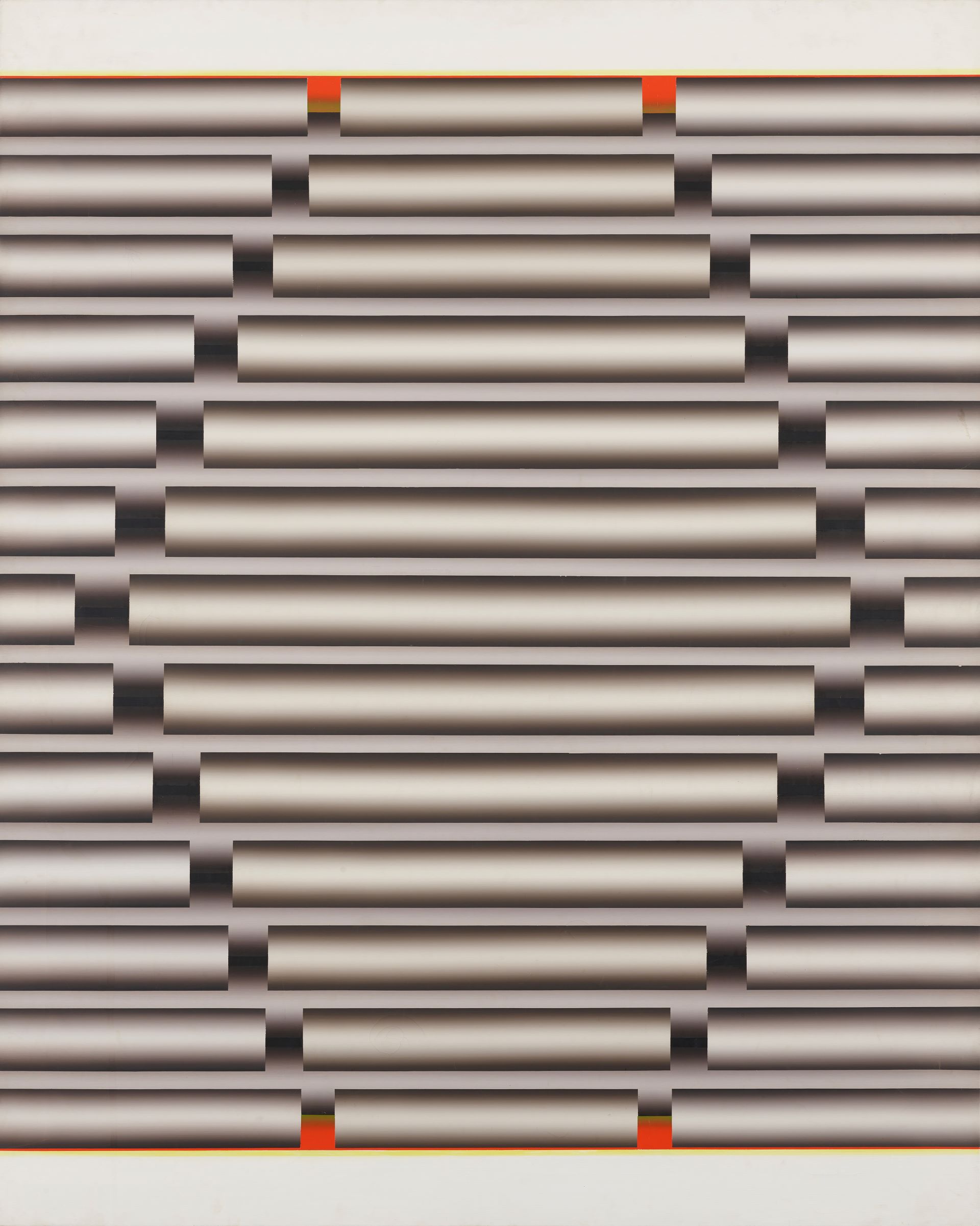
Lee Seungjio, Nucleus No. G-99, 1968, Oil paint on canvas, 162x130.5cm. MMCA collection
Lee Seungjio
* Source: MMCA
Related
-
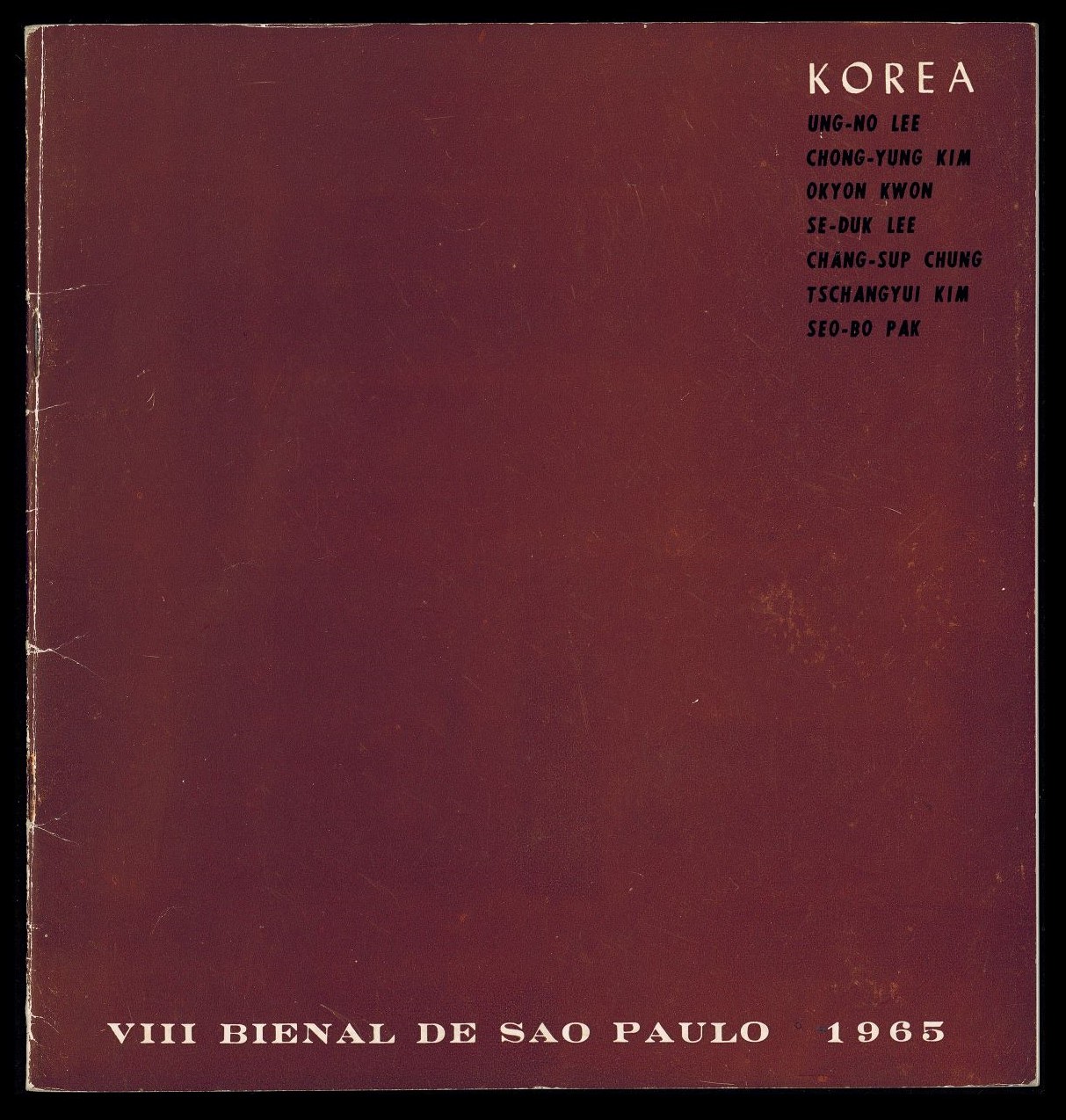
Sao Paulo Art Biennial
The Sao Paulo Art Biennial is an international exposition which started in 1951. The Sao Paulo Museum of Modern Art was the main venue for the event until 1957 when it moved to Ciccillo Matarazzo Pavilion. The exposition has the second longest history next to the Venice Biennale, and shares similar features with Venice, regarding the commissioner system and the use of themed exhibitions. South Korea expanded cultural exchange programs within the program since diplomatic relations were established in 1959 and began to officially participate in the Biennales after 1963. Kim Whanki, the chairman of the board of the Korean Art Association, served as the first commissioner in 1959, and seven artists including Yoo Youngkuk, Kim Youngjoo, Kim Kichang, Yoo Kangyul, Han Yongjin, Suh Seok, and Kim Whanki himself, submitted works to the exhibition. Their art pieces were previewed at the Korean Information Service Gallery in Seoul between June 14 and June 16. Over the last 70 years, Kim Bokyoung, Seo Seong-rok, Kim Youngho, Yoon Jinsup, and Oh Sang-Ghil have all been appointed as commissioners to the Biennale.
-
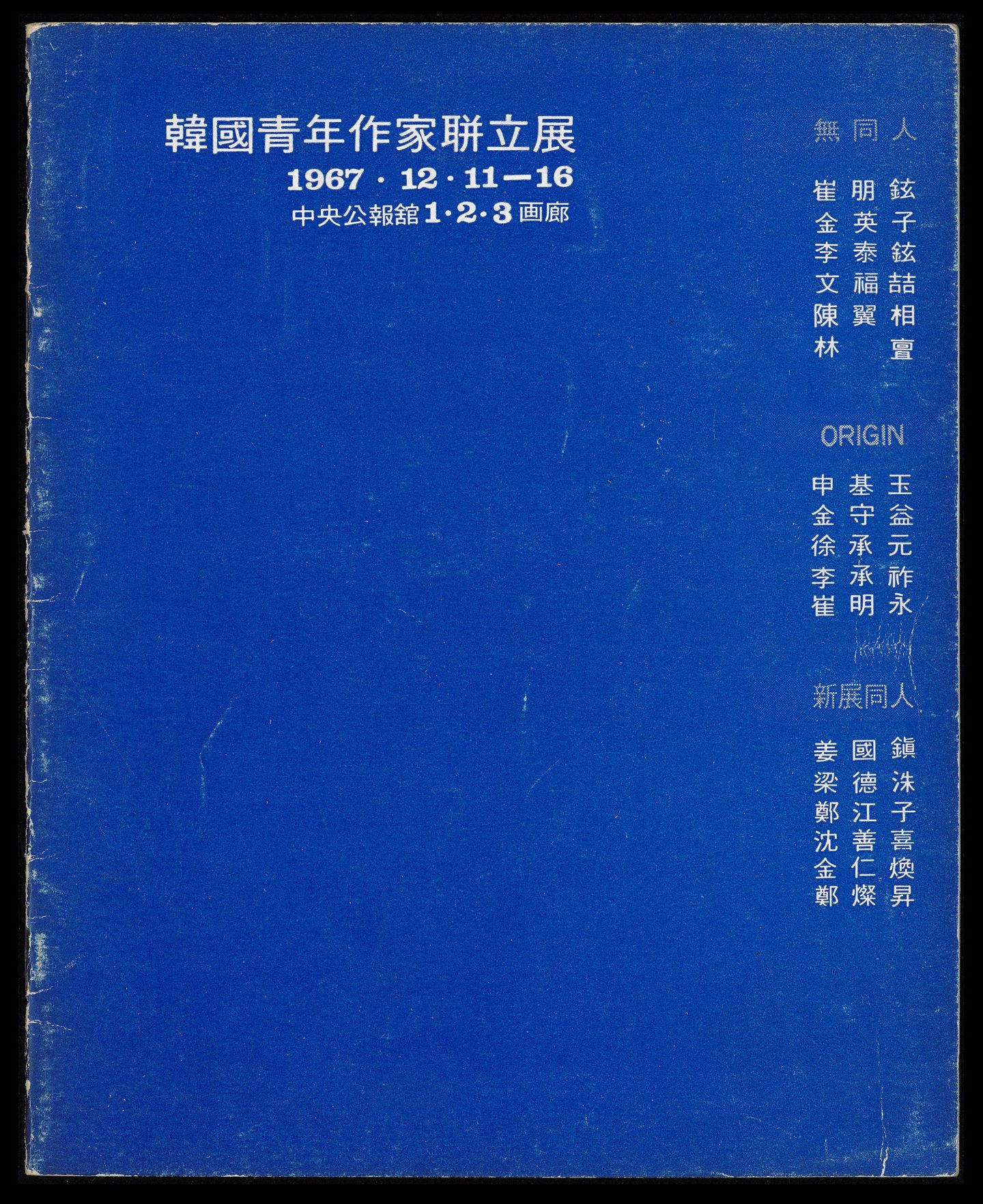
Union Exhibition of Korean Young Artists
The Union Exhibition of Korean Young Artists was an art show that members from Origin Fine Arts Association, Zero Group, and Sinjeon Group organized to be held at the Korean Information Center Gallery from December 11th to December 17th, 1967. By choosing to present works in what were the mainstream genres in Western art, such as pop art, op art, environmental art, happenings, and sculpture, the Exhibition helped to usher in a new era for Korean art after the dominance of the Informel group. Members from the three groups were mostly graduates from Hongik University. The manifesto they released stated: “Informel didn’t provide anything for last ten years. We are artists as activists who aim to create art after abstraction, art in everyday life, and public-friendly art.” This manifesto clearly expressed a desire to challenge the art world establishment, and the Coalition Exhibition is often considered as the beginning of a period of Korean “Experimental art (silheom misul),” which existed from the end of the 1960s to 1970s.
-
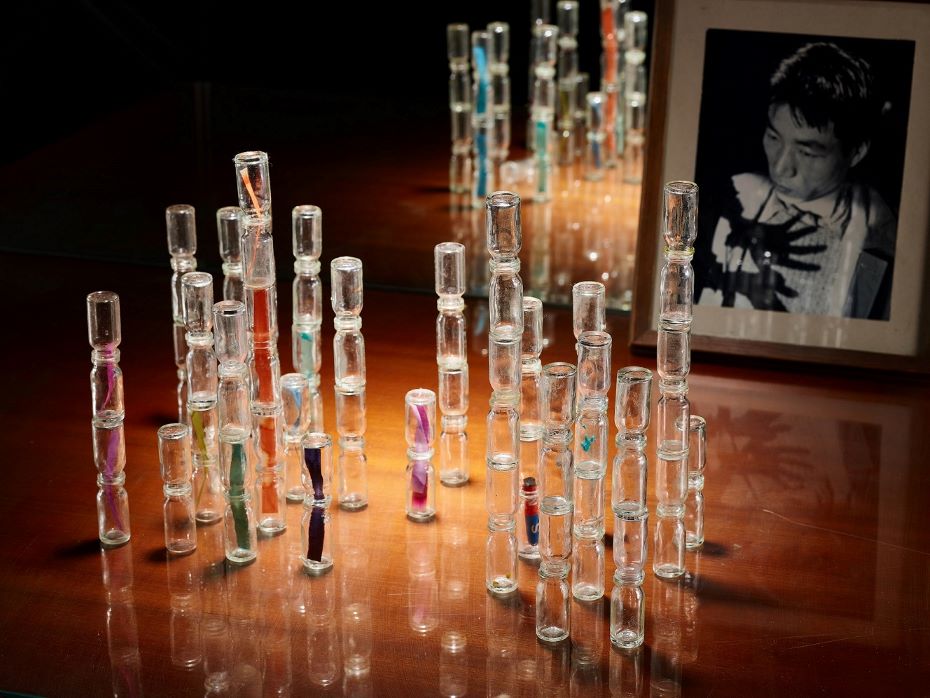
Experimental art
A genre of Korean art characterized by non-two-dimensional work such as sculpture, environmental installation and performance that emerged in the late 1960s and continued over the course of the 1970s. Art historian Kim Mikyung has analyzed the movement in the context of the political and social phenomena of the time and first coined the term experimental art to describe such work.
Find More
-

Bang Haija
Bang Haija (1937-2022) was an abstract artist who has spent her life making “light” visible and has lived going back and forth between Seoul and Paris. Born in Neung-dong, Goyang-gun, Gyeonggi-do Province, Bang graduated from Kyunggi Girls’ High School and went on study in the College of Fine Arts at Seoul National University. After graduation, she traveled to France with a plane ticket to Paris that she bought by selling her works at her first solo exhibition in 1961. She submitted her In the Heart of the Earth I and II to the exhibition The Foreign Painters in Paris (Les Peintres étrangers a Paris) hosted by Museum of Modern Art in Paris (Musée d'Art moderne de Paris). She enrolled in the École nationale supérieure des Beaux-Arts in Paris, studied mural painting in the atelier of Professor Lenormand from 1963 through 1966, and held a solo exhibition at Galerie Florence Houston-Brown in Paris in 1968. From 1983 through 1987, she learned printmaking at the Parisian printmaking studio Atelier 17, where she developed a sense for paper texture and contemporaneous mediums. Since 1976, she held several solo exhibitions at Gallery Hyundai in Seoul and traveled between Seoul and Paris, where she participated in a residency program at Youngeun Museum of Contemporary Art, held an exhibition at Sungkok Art Museum, and taught calligraphy and Hangeul (Korean alphabet) to French people. Her books of paintings include Bang Hai Ja and Souffle de Lumière (Breath of Light) published by the French publisher Cercle d’art in 1997 and 2007, respectively, and Song of Light published by Youlhwadang in 2015. Among notable books of poetry accompanied by her paintings are Au chant des transparences (To the Song of Transparency) by Roselyne Sibille (Voix d’encre, 2001), Une joie secrète (A Secret Joy) by Charles Juliet (Voix d’encre, 2002), Infinite Flowers by Mun Yeonghun (Yeobaek Media, 2004), and Éclosion (Hatching) by Kim Chi Ha (Voix d’encre, 2006). She also published essay collections such as Maeumui chimmuk (Silence of the Mind) (Yeobaek Media, 2001) and Agiga bon sesang (The World as Seen by a Baby) (Yeobaek Media, 2002). Her translations introducing Korean cultural heritage to France include Namsan Mountain in Gyeongju: The Mountain of Ten Thousand Buddhas (Cercle d’Art, 2002) and the Les Mille Monts de Lune (The Thousand Mountains of the Moon) (Albin Michel, 2003), a collection of Zen poems by Korean Buddhist monks. Bang was awarded the Holy Prize at the International Contemporary Art Fair Monaco, Special Overseas Artist Award at the Second Korean Artist Prize in 2008, the Order of Cultural Merit of the Republic of Korea in 2010, and the Eleventh France-Korea Cultural Prize and the Prize for Women Who Have Made the World Shine from the Korean Women’s International Foundation in 2012. Bang Haija is known as the “painter of light” as she explored and visualized the meaning of the universe and life through meditation. In 2023, the memorial exhibition for the first anniversary of her death was held at Youngeun Museum of Contemporary Art.
-
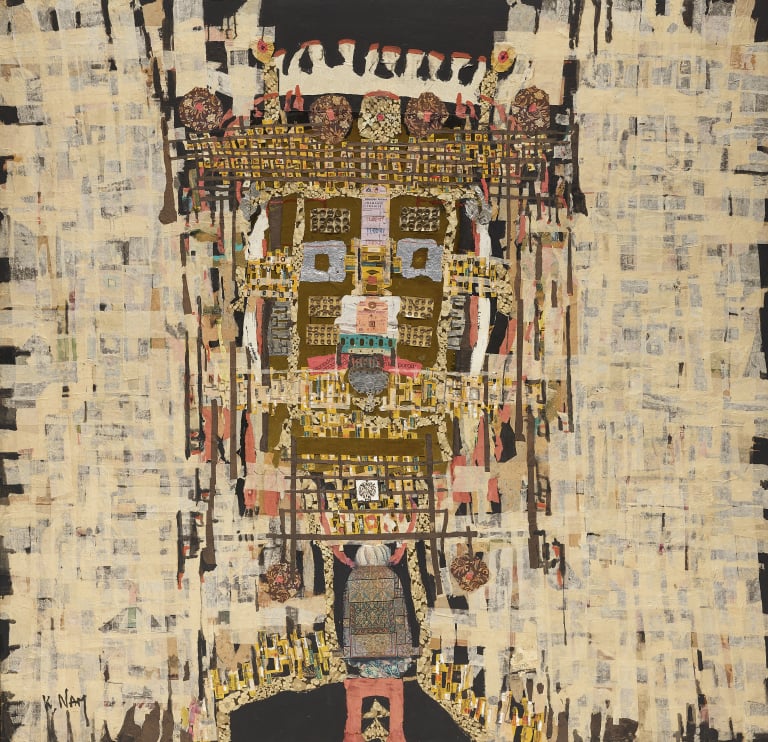
Nam Kwan
Nam Kwan (1911-1990) graduated from the Taiheiyo Art School in 1935 and performed research for two further years. He submitted his work to the Ministry of Education Fine Arts Exhibition (Munbuseong misul jeollamhoe), Donggwang Group Exhibition, and the Gukhwa Group Exhibition in Tokyo. In 1954, he attended the Académie de la Grande Chaumièrec in Paris and was invited to submit his work to the Avant-Garde Art Exhibition Salon de Mai and Fleuve Art Gallery. After returning to Korea in 1968, he became a professor at Hongik University. Before he went to Paris, he created portrait and landscape paintings, emphasizing lyrical colors and free expression. While Nam Kwan’s early works tended to focus on figuration, he switched to Oriental style of abstraction, influenced by Parisian Art Informel. In 1962, he experimented with abstract works symbolizing ancient letter inscriptions and after his return to Korea in 1968 he developed a style based on mask abstraction. He liked to utilize abstract letters, lines, and figures using blue as an organising palette. Nam Kwan became a leading figure in the abstract art movement in Korea after independence, and he is particularly well-known for reconfiguring ancient inscriptions as abstract idioms within his work.
-
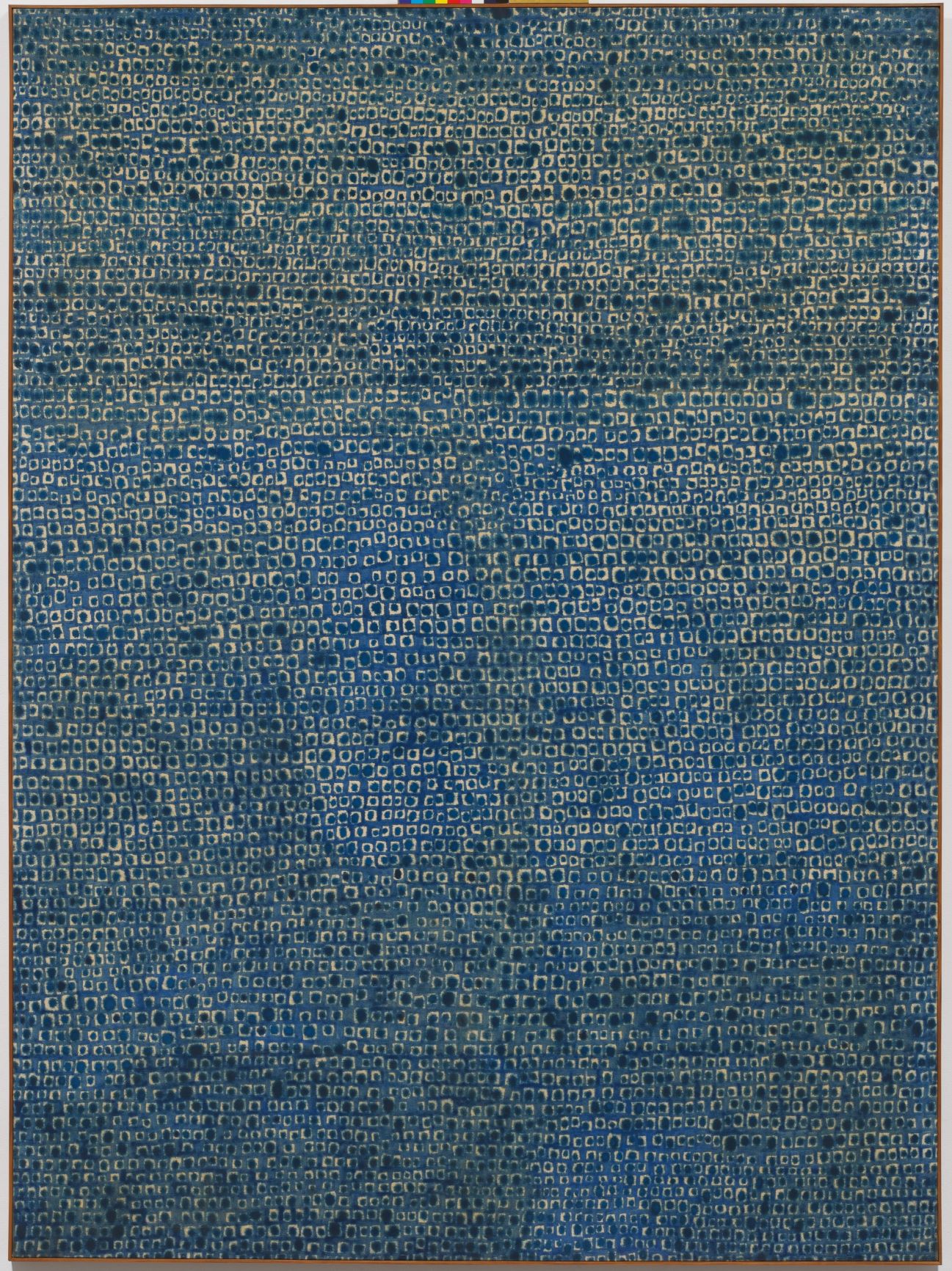
Abstract art
A term which can be used to describe any non-figurative painting or sculpture. Abstract art is also called non-representational art or non-objective art, and throughout the 20th century has constituted an important current in the development of Modernist art. In Korea, Abstract art was first introduced by Kim Whanki and Yoo Youngkuk, students in Japan who had participated in the Free Artists Association and the Avant-Garde Group Exhibition during the late 1930s. These artists, however, had little influence in Korea, and abstract art flourished only after the Korean War. In the 1950s so called “Cubist images,” which separated the object into numerous overlapping shapes, were often described as Abstractionist, but only with the emergence of Informel painting in the late 1950s could the term “abstract” be strictly used to describe the creation of works that did not reference any exterior subject matter. The abstract movements of geometric abstractionism and dansaekhwa dominated the art establishment in Korea in the late-1970s. By the 1980s, however, with the rising interest in the politically focused figurative art of Minjung, abstraction was often criticized as aestheticist, elitist, and Western-centric.






